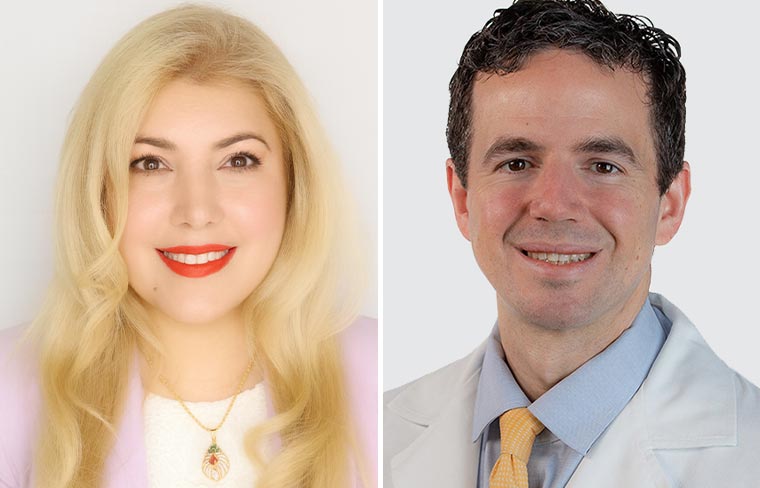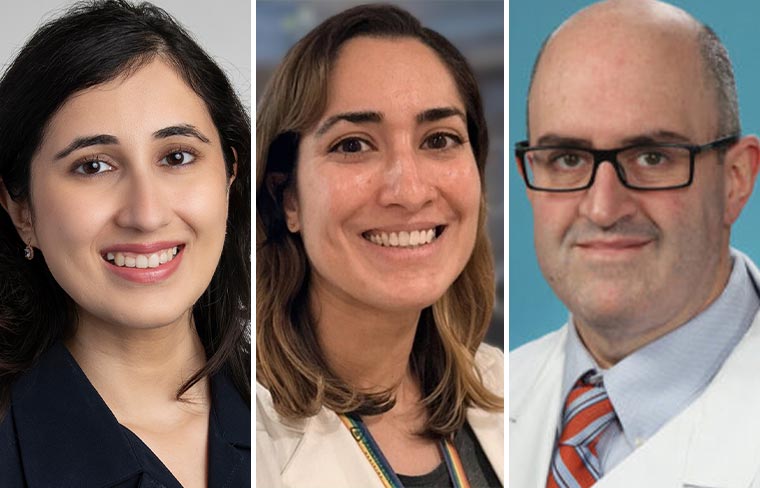Diffuse Lung Disease and Lung Transplant Network
-
Closing the gap in pulmonary rehabilitation
If pulmonary rehabilitation in the United States is going to meet the scale of need in coming years, it must grow consistently, equitably, and sustainably.
-
The respiratory toll of traffic pollution in obstructive lung disease and ILD
Traffic-related air pollution reduces lung function and worsens cases of COPD and ILD. Pulmonologists should assess patient exposure and advise on mitigation strategies.
-
Current standards in donor lung procurement and preservation
Review the American Association for Thoracic Surgery’s expert consensus guidelines for improving standardization in key areas of lung acquisition.
-
Update on the evaluation and management of interstitial lung abnormalities
New guidelines from ATS outline the screening and follow-up procedures for interstitial lung abnormalities as well as define who is at higher risk for progressing to ILD.
-
GOLDen handcuffs: Beyond spirometry in COPD
When it comes to diagnosing COPD, clinicians must look beyond spirometry and physiology to see a patient fully.
-
Incorporating climate-related events into clinical practice
Review six steps a pulmonary clinician can take prior to a climate-related event to prepare for a potential disaster scenario and mitigate patient risk.
-
The impact of short telomere syndrome on lung transplantation
Short telomere syndrome can increase post-lung transplant complications, necessitating tailored pretransplant and posttransplant assessments and multidisciplinary care.
-
Artificial intelligence and its application in interstitial lung disease
AI shows promise in improving ILD diagnosis, prognosis, and treatment decisions by analyzing complex data and patterns, though certain limitations hinder its clinical adoption.
-
Extending exercise testing using telehealth monitoring in patients with ILD
The COVID-19 pandemic revolutionized the use of monitoring equipment in general and oxygen saturation monitoring devices as pulse oximeters in specific. Home technology devices such as home spirometry, smart apps, and […]
-
The gas stove: Friend or foe?
The kitchen is considered the heart of the home, but recent discoveries have raised concerns about whether this beloved space might also pose hidden health risks. Gas stoves, present in […]










